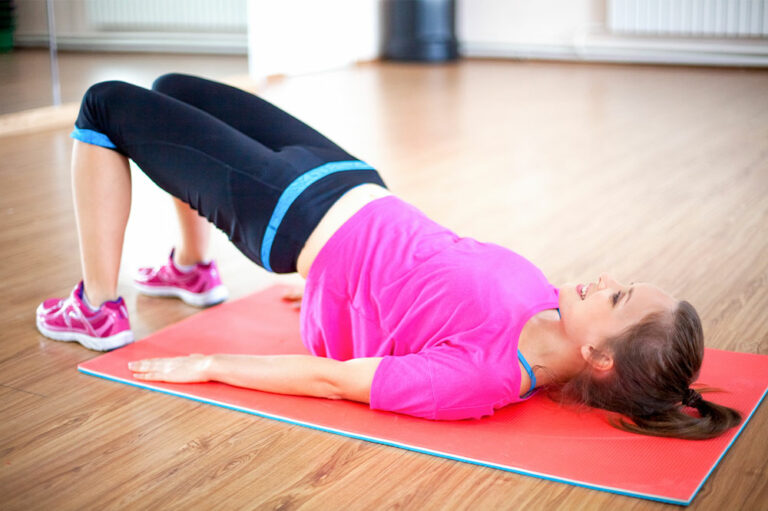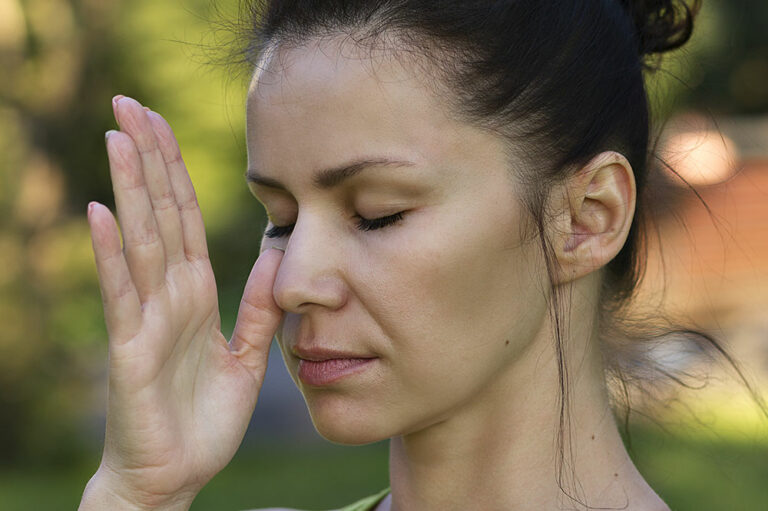
Top 8 Traditional Hotspots of Respiratory Illnesses
Treating several respiratory illnesses such as asthma, the common cold, and those due to allergy reactions involve preventing triggers of the symptoms. Most people assume they must take precautions only when they head outside. Although it is essential to mask up and avoid pollutants, smoke, and particulate matter outdoors, it is equally crucial to be wary of potential symptom triggers indoors as well. Here we’ve discussed some hotspots for respiratory problems and how to tackle them.
Doorknobs and drawer and appliance handles
The handles of drawers, appliances, and doorknobs in any home or office are some of the most touched surfaces, as everyone comes in contact with these. As a result, they are one of the biggest hotspots for respiratory illnesses. They can quickly spread contagious germs such as viruses, bacteria, etc.
What you can do
Although it is impossible to completely cut off contact with these surfaces, cleaning them with disinfectants is recommended.
Electronic keypads and keyboards
Electronic keypads and keyboards can have 400 times more germs than an average toilet seat. This is because these are in constant contact with our hands, which are the biggest carriers of germs unless we sanitize them regularly. Moreover, many people drink and eat at their desks as they work. The debris and residue on the keyboards encourage fungi, viruses, and bacteria.
What you can do
Wiping the keyboards and keypads with disinfectant daily will help prevent them from becoming hotspots for respiratory illnesses. Also, you can use a keyboard cleaner to eliminate any debris that might be stuck between the keys.
Shared glassware, dishes, and utensils
It is common practice for many people to share glassware, dishes, or even spoons at home or in the office. If you want to avoid a nasty respiratory illness, it is best to avoid this practice altogether, as it is the easiest way for germs to spread and make you sick.
What you can do
Always ensure that the utensils you use have been washed well with soap and warm water. Or bring in disposable cups, plates, and spoons to lower the risk of infection. In many workplaces, individuals are allowed to bring in their cutlery to avoid spreading germs.
Elevator buttons
Another standard traditional hotspot for respiratory illnesses is elevator buttons. Too many people will come in contact with these in a single day. As a result, these buttons become carriers of several contagious illnesses and diseases and can easily spread germs.
What you can do
You can use your elbows to press these buttons to lower the risk of getting sick, which is a far easier way to use a tissue or any pointy object. But make sure you clean this object with disinfectant. If you have to use your hands to press those elevator buttons, ensure that you wash your hands or use a sanitizer.
Dirty laundry and linen
Dirty linen and laundry harbor colonies of germs, including bacteria and viruses. The chances of these triggering respiratory illnesses are high if they have been used by someone unwell.
What you can do
To avoid this, ensure no dirty laundry or linen is piled up for days in your home. Also, always change the sheets, pillowcases, and other bedding materials since these are major hotspots of respiratory illnesses. You must also sanitize and air your mattresses regularly to prevent germs.
Kitchen countertops
Most people think if they are wiping their kitchen countertops with a wet cloth, it is clean enough. However, this is only half the work done. This is because raw foods, vegetable peels, fruit skins, and fresh produce contaminate the surfaces of your kitchen with bacteria, fungi, viruses, and other pathogens. These are not killed off with a simple wipe of a cloth making your kitchen countertops one of the major traditional hotspots for respiratory illnesses.
What you can do
To keep safe from this, clean all kitchen surfaces, including the countertops, with a color-safe disinfectant spray. After handling raw foods, wash the knives and cutting boards with warm water and soap.
Bathroom surfaces
These are one of the prominent hotspots for germs in homes or offices. From the toilet seat to the flush handle, doorknobs, sink, towels, and all other surfaces you may touch after using the toilet are host to pathogens and germs that can trigger respiratory illnesses.
What you can do
All the surfaces of the bathroom need to be cleaned with bleach or disinfectant cleaners. If towels are inside the bathroom, make sure they are changed often. Another way to lower the contamination percentage is to close the toilet lid before flushing. This is to prevent the germs from spreading in the surrounding areas through the water mist that develops after flushing.
Pets
If you have pets at home, your respiratory illness symptoms will get aggravated whenever it is the season for them to shed their hair. Pet dander is often a common cause of allergies related to the respiratory system. Also, if your pet regularly goes outdoors, they bring home bacteria and germs. In addition, their water dishes and food bowls also contain pathogens that can make you sick. Moreover, pet toys have been known to carry mold, yeast, fungus, and other germs that spread through the air or on contact.
What you can do
To ensure your pet or their things are not a cause to make you sick, always wipe their paws before you let them in after they have been outdoors. Wash their bowls and toys with warm soapy water. Hard toys can be washed once a week, and soft toys can be cleaned once a month.
Respiratory illnesses are a major health concern worldwide. One needs to realize the trigger spots for them and take necessary precautions. If breathing difficulties persevere for long periods of time, get in touch with your healthcare provider at the earliest.







